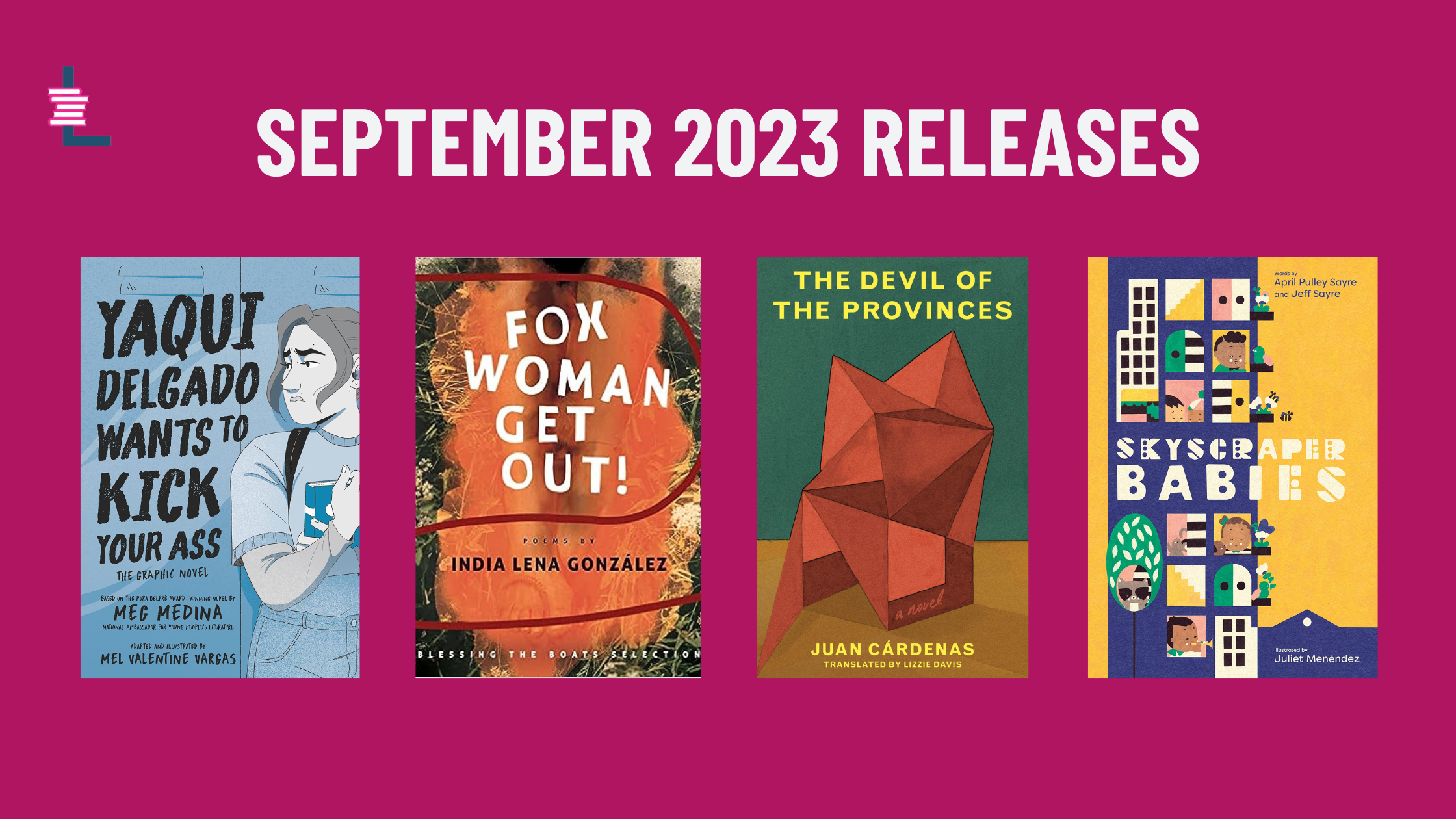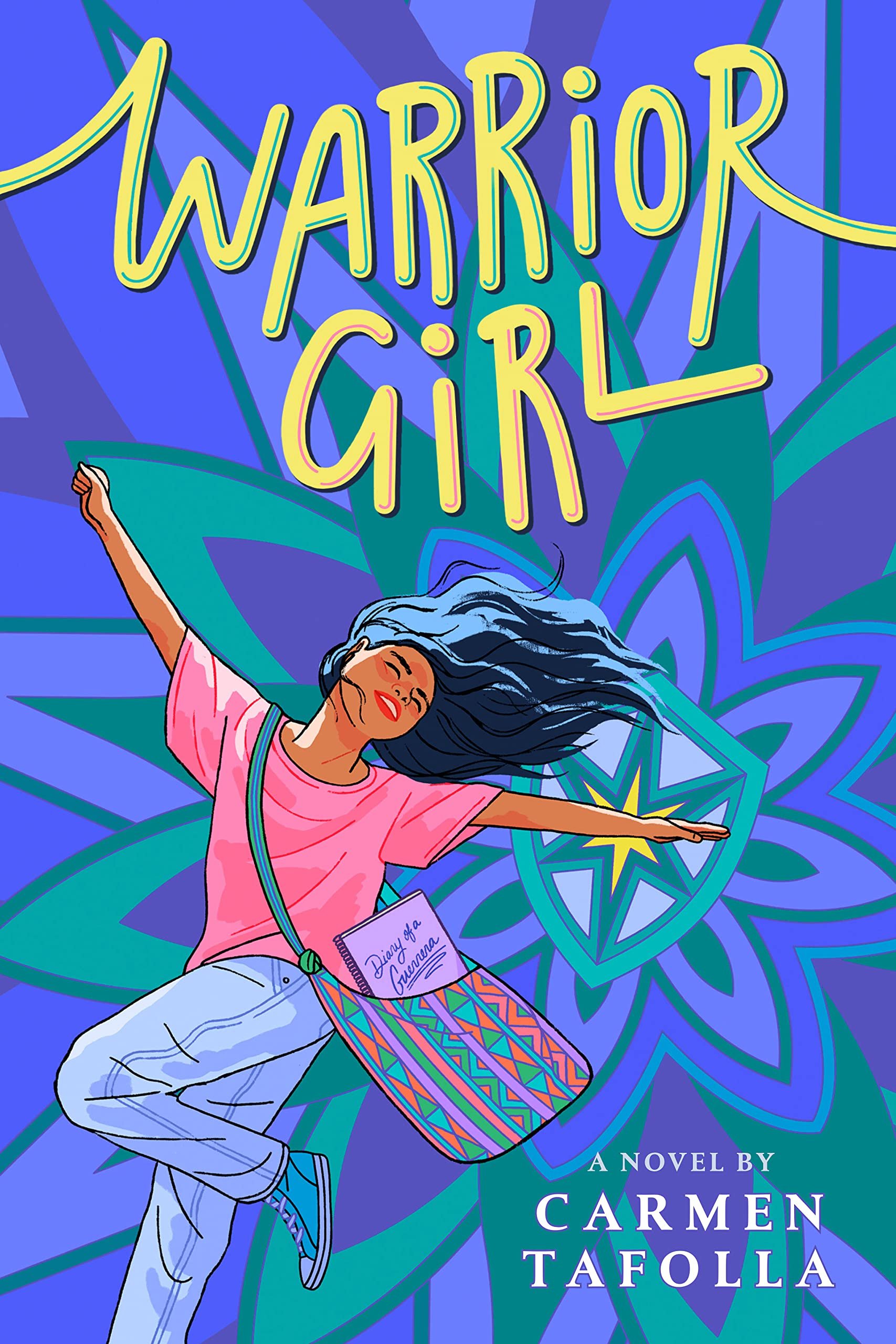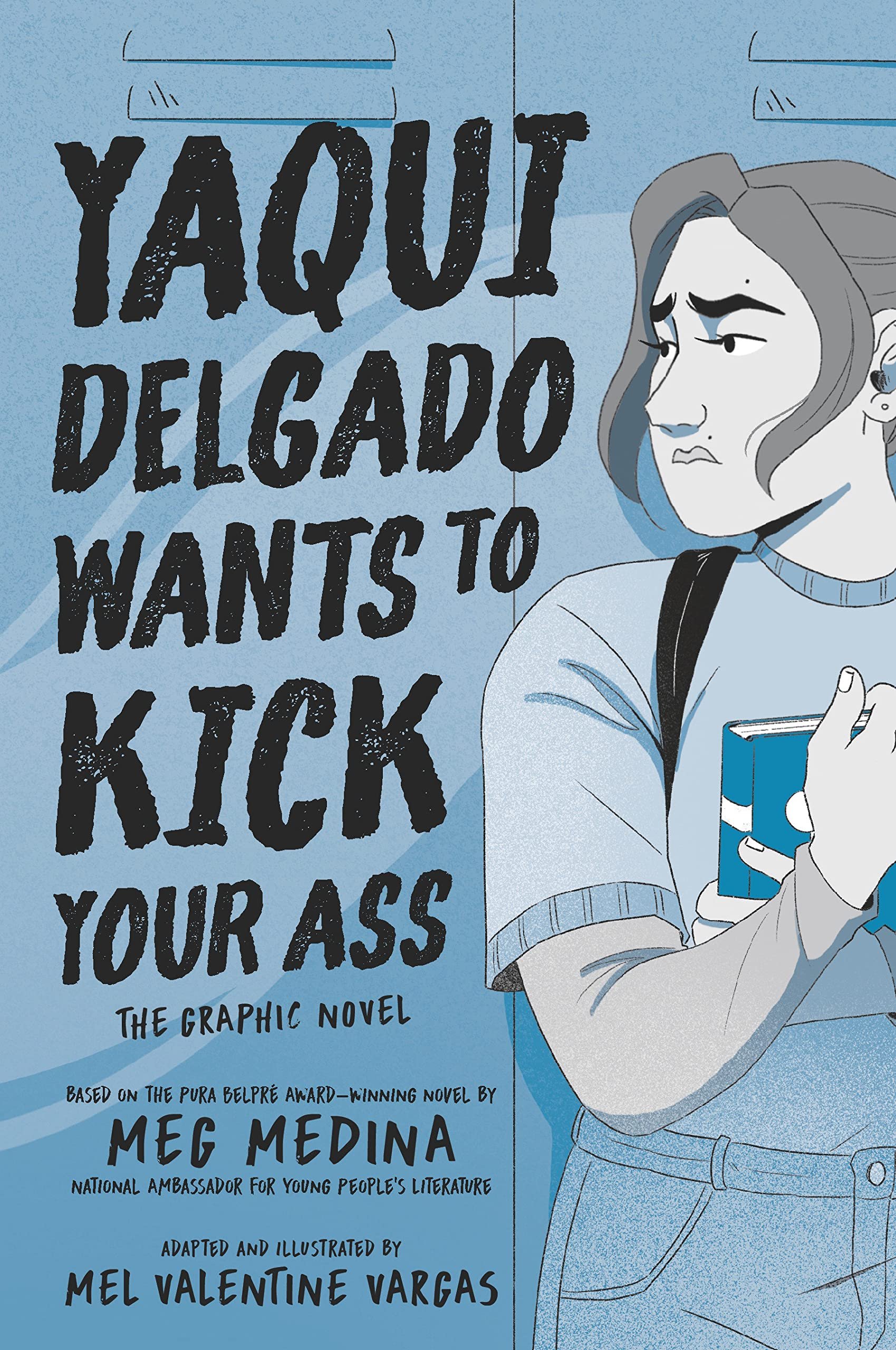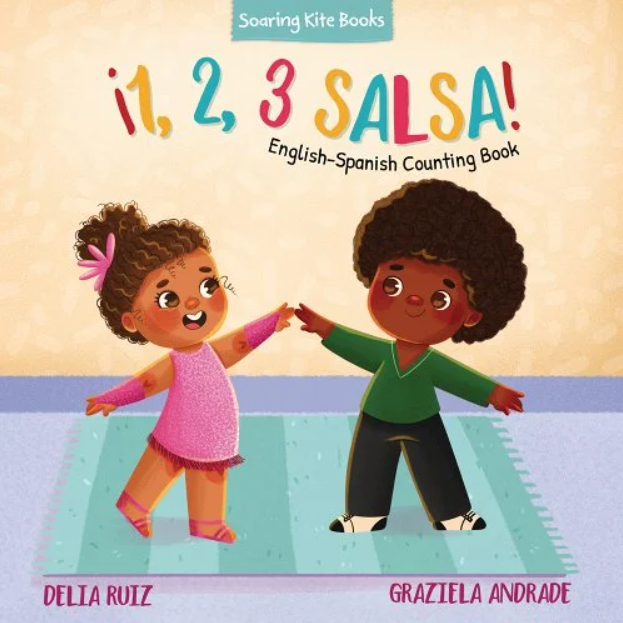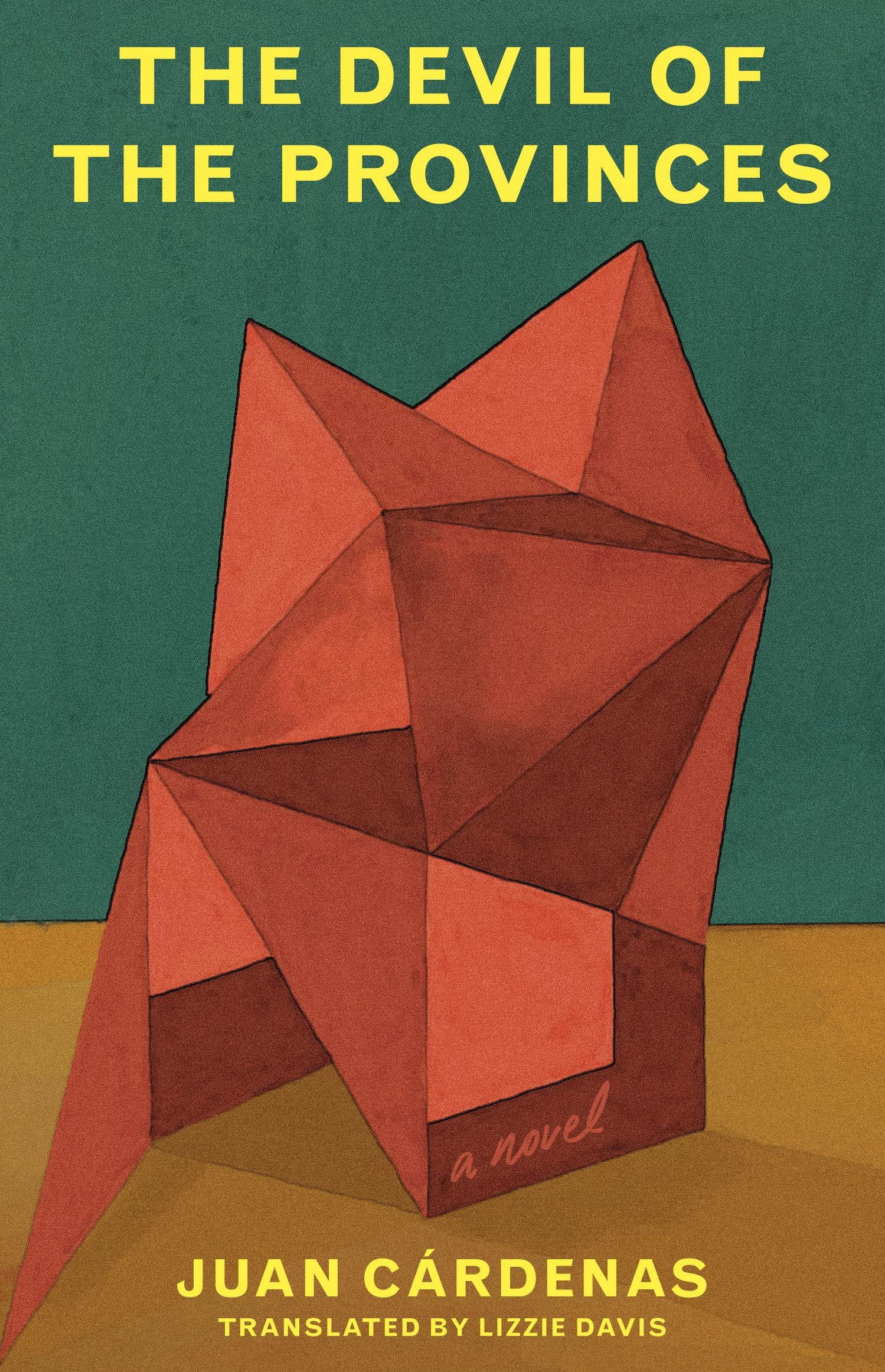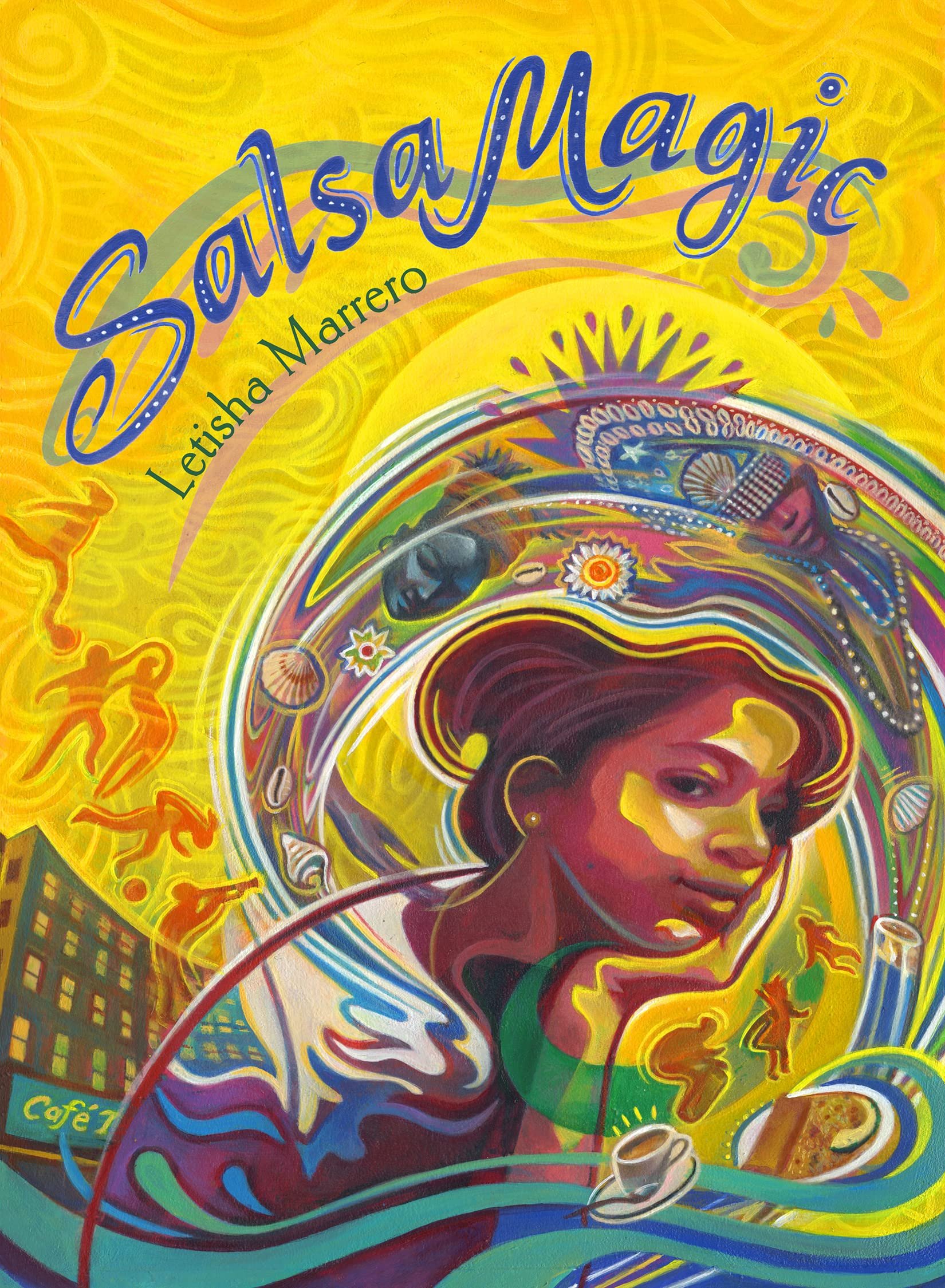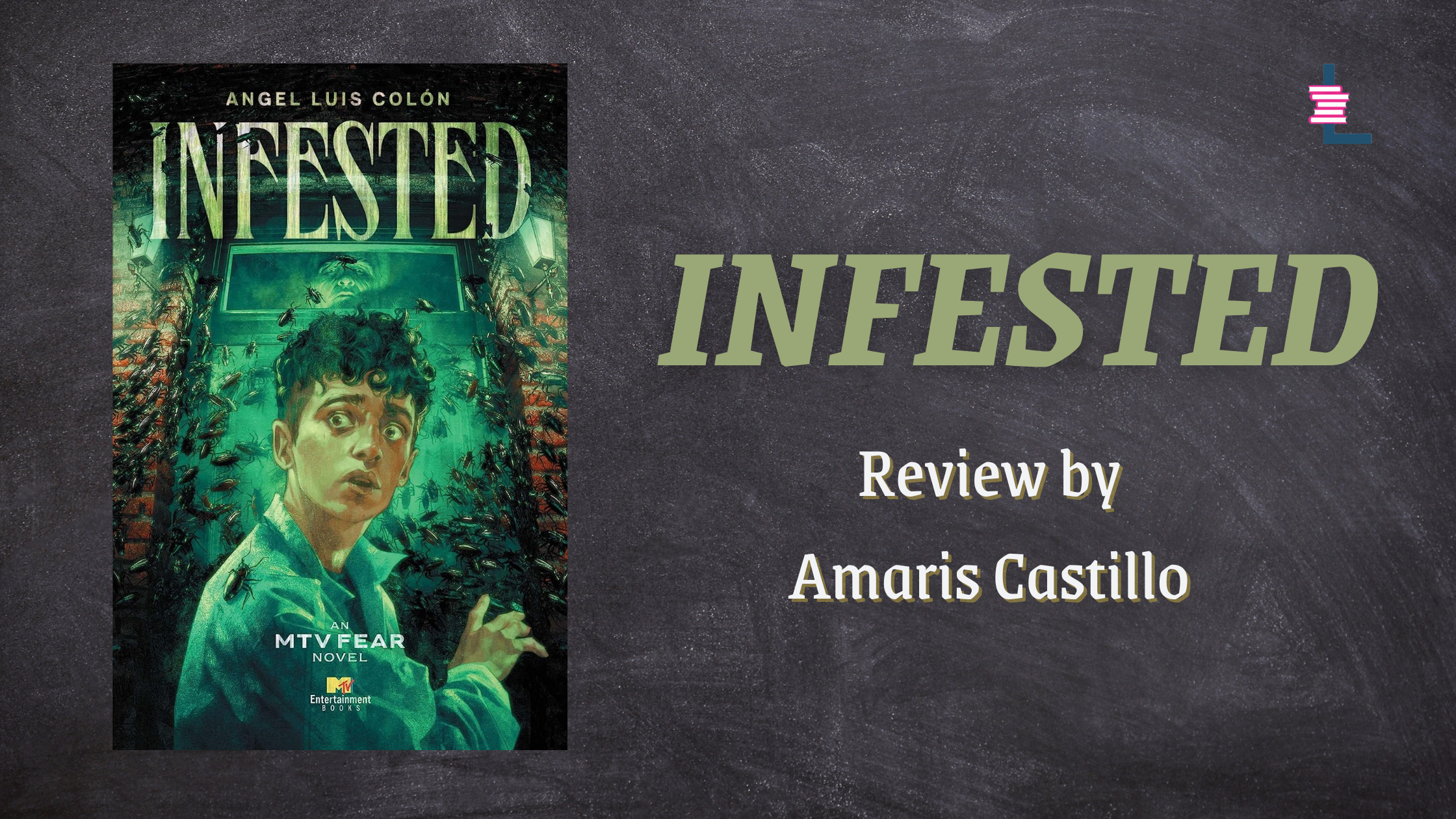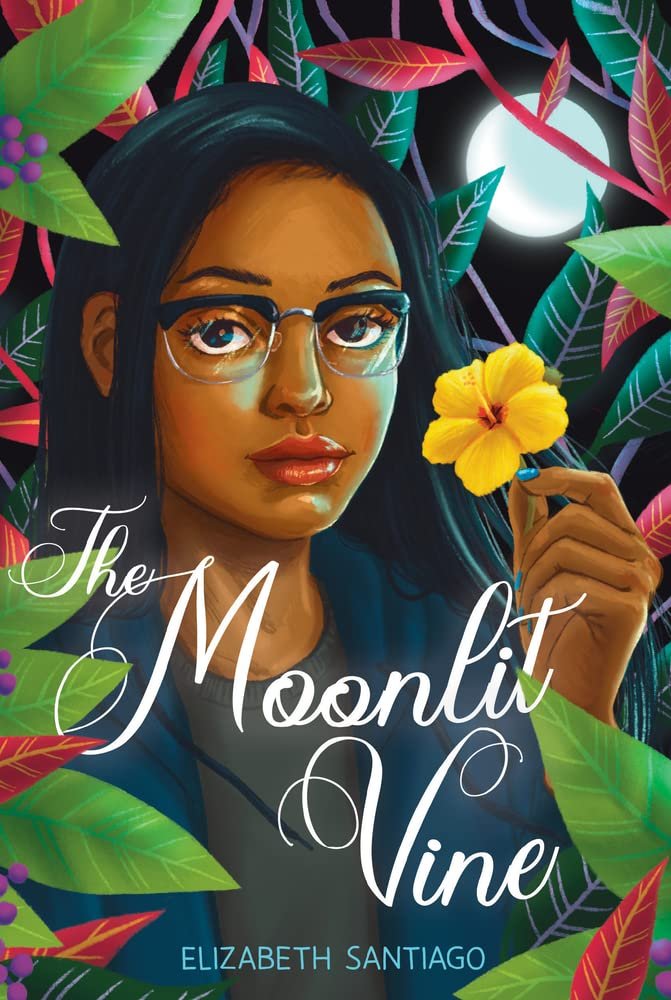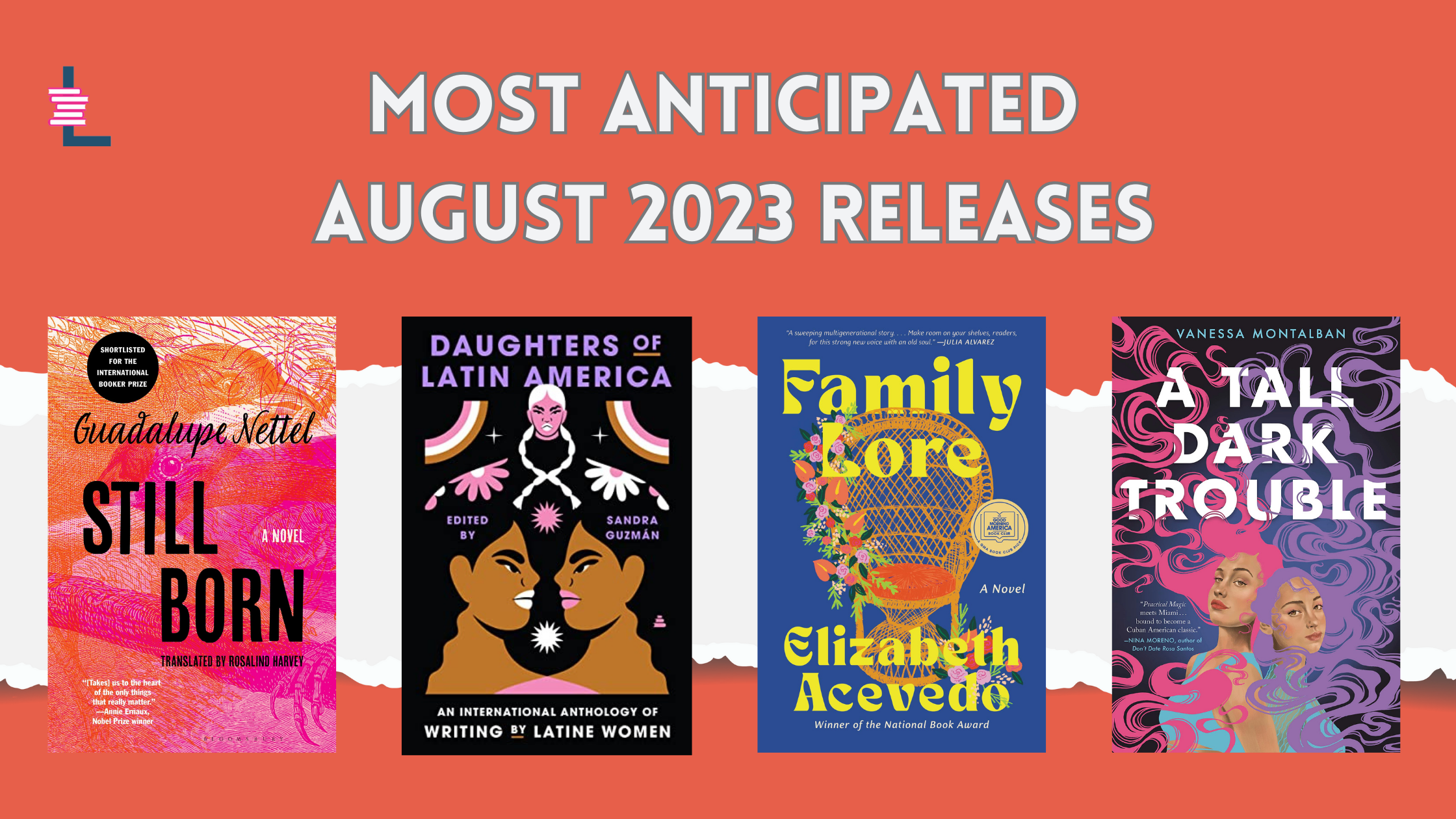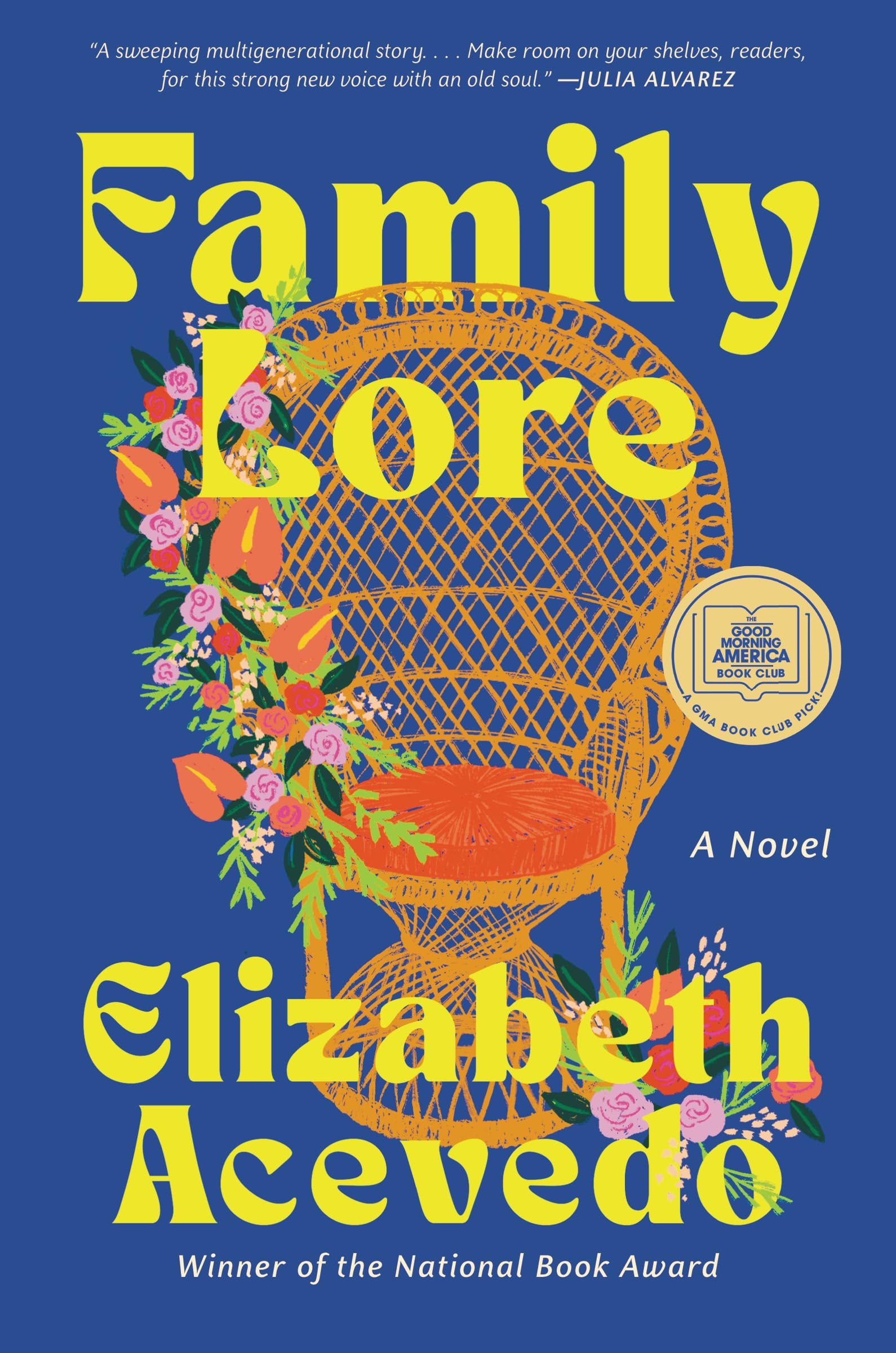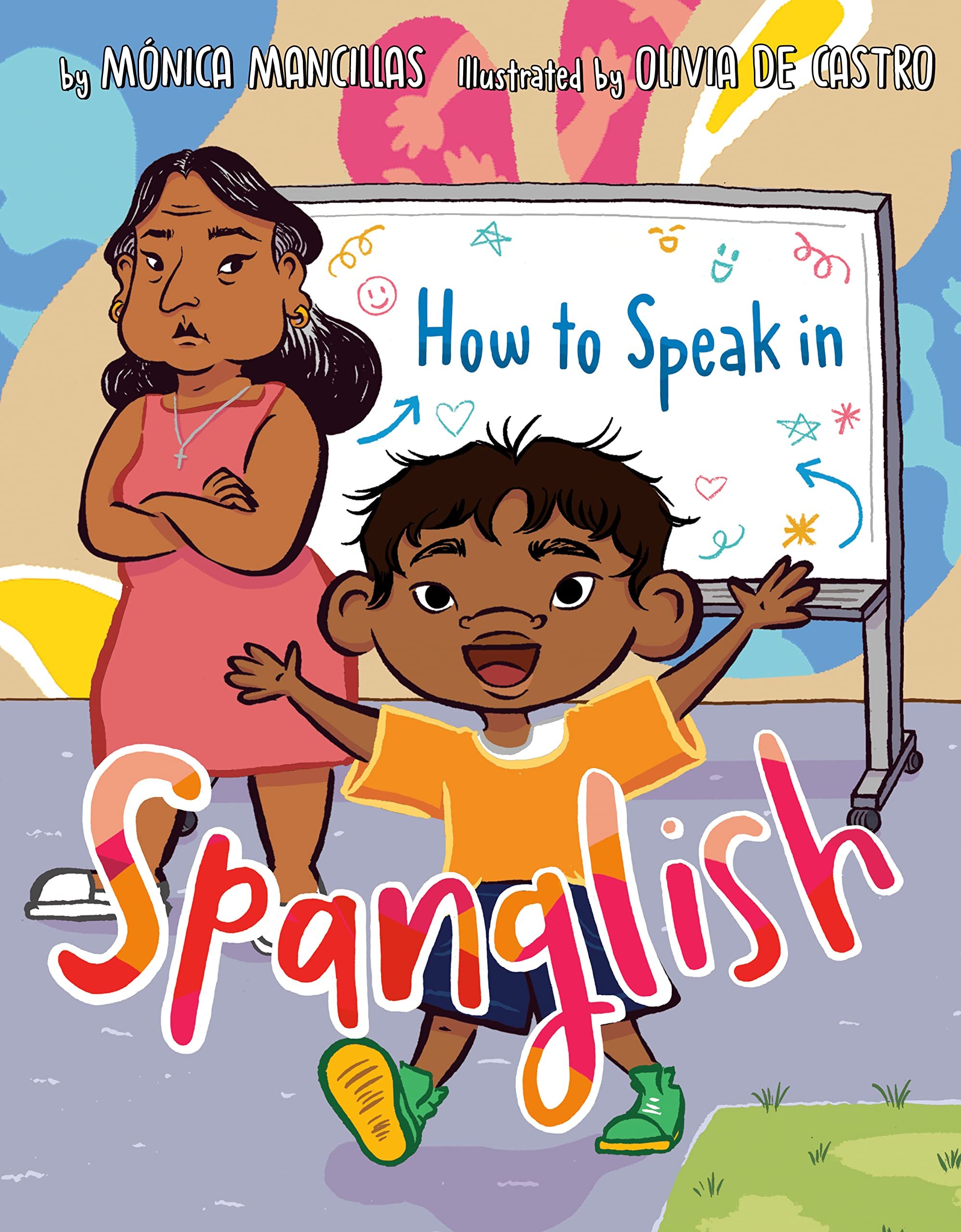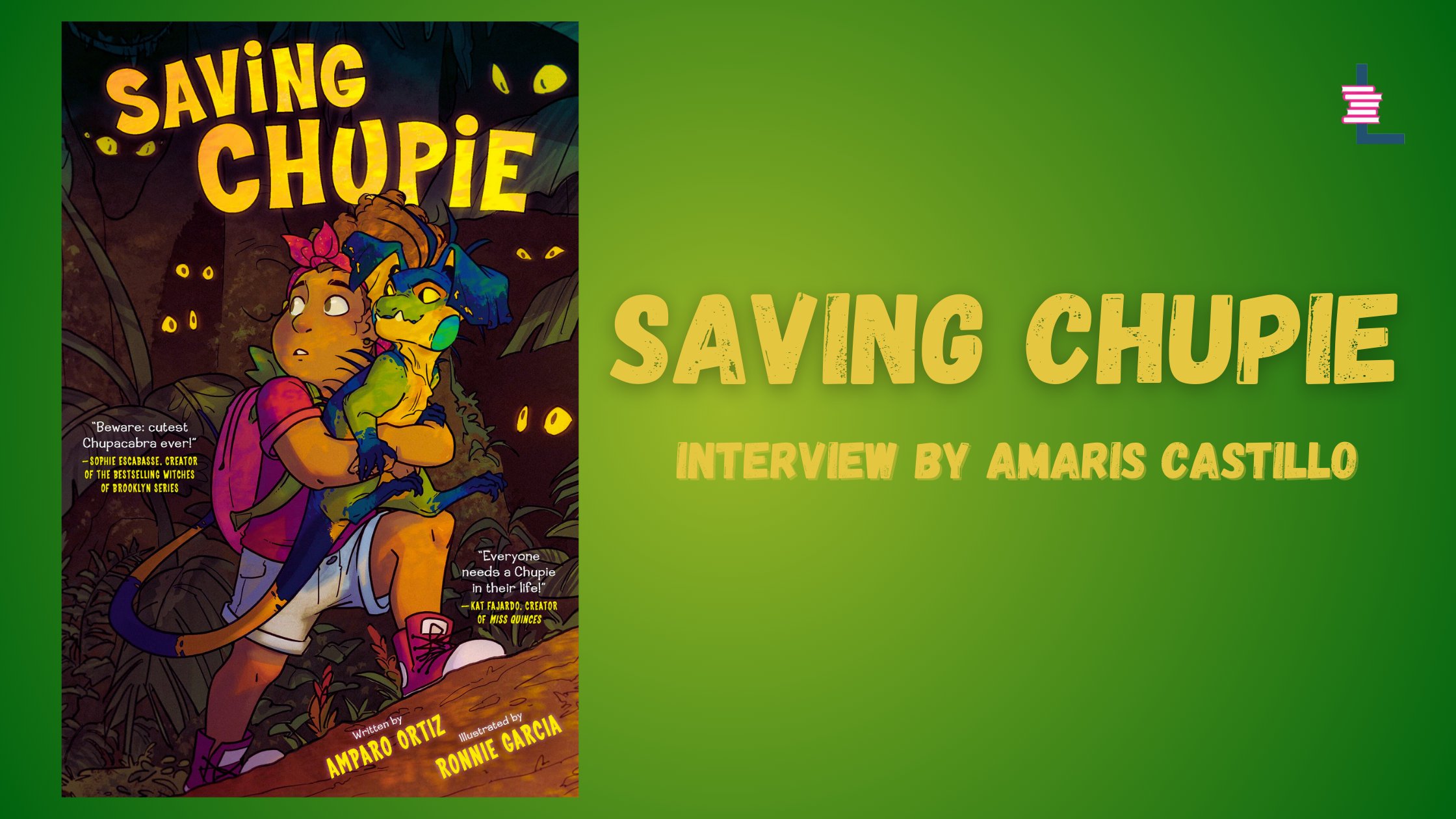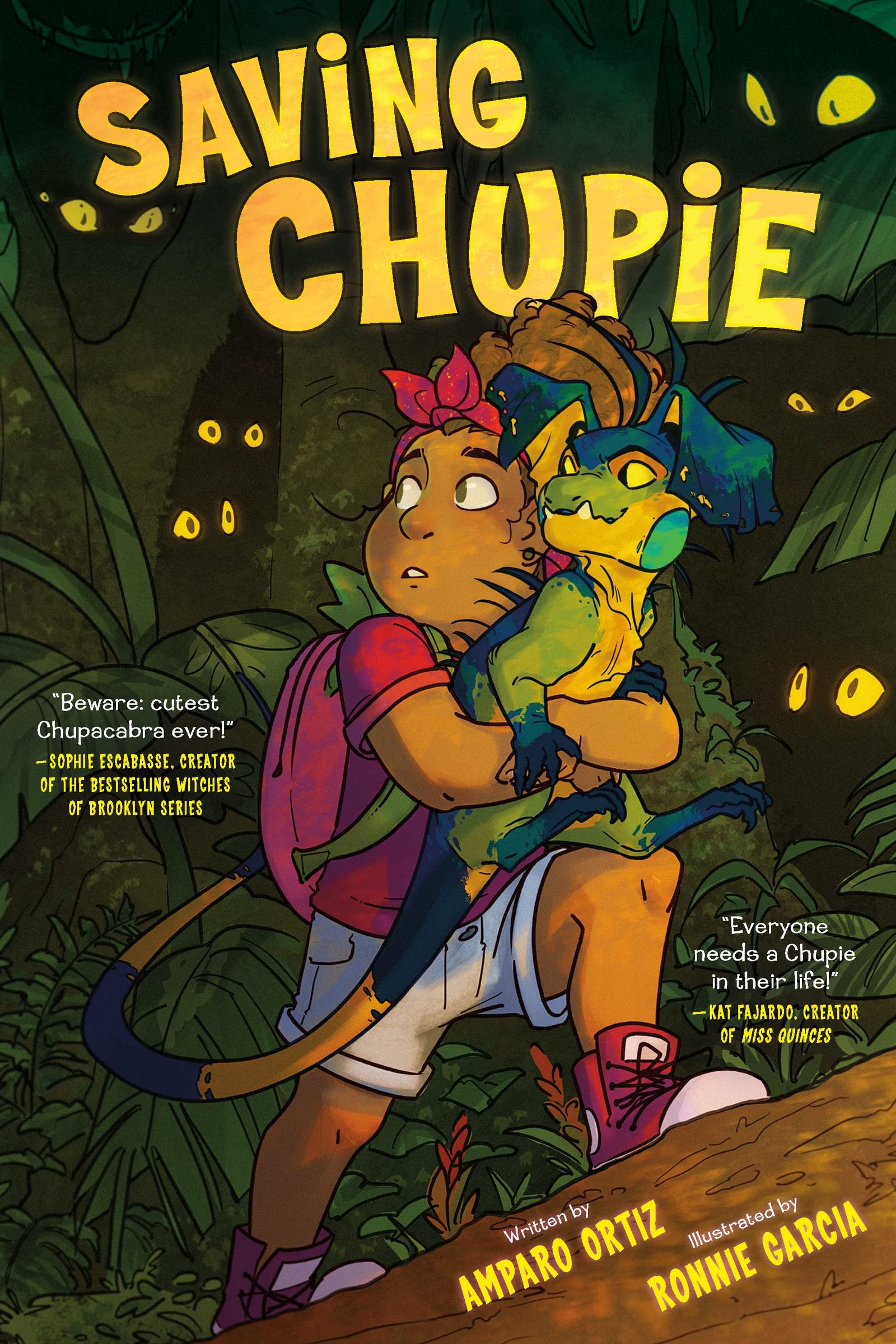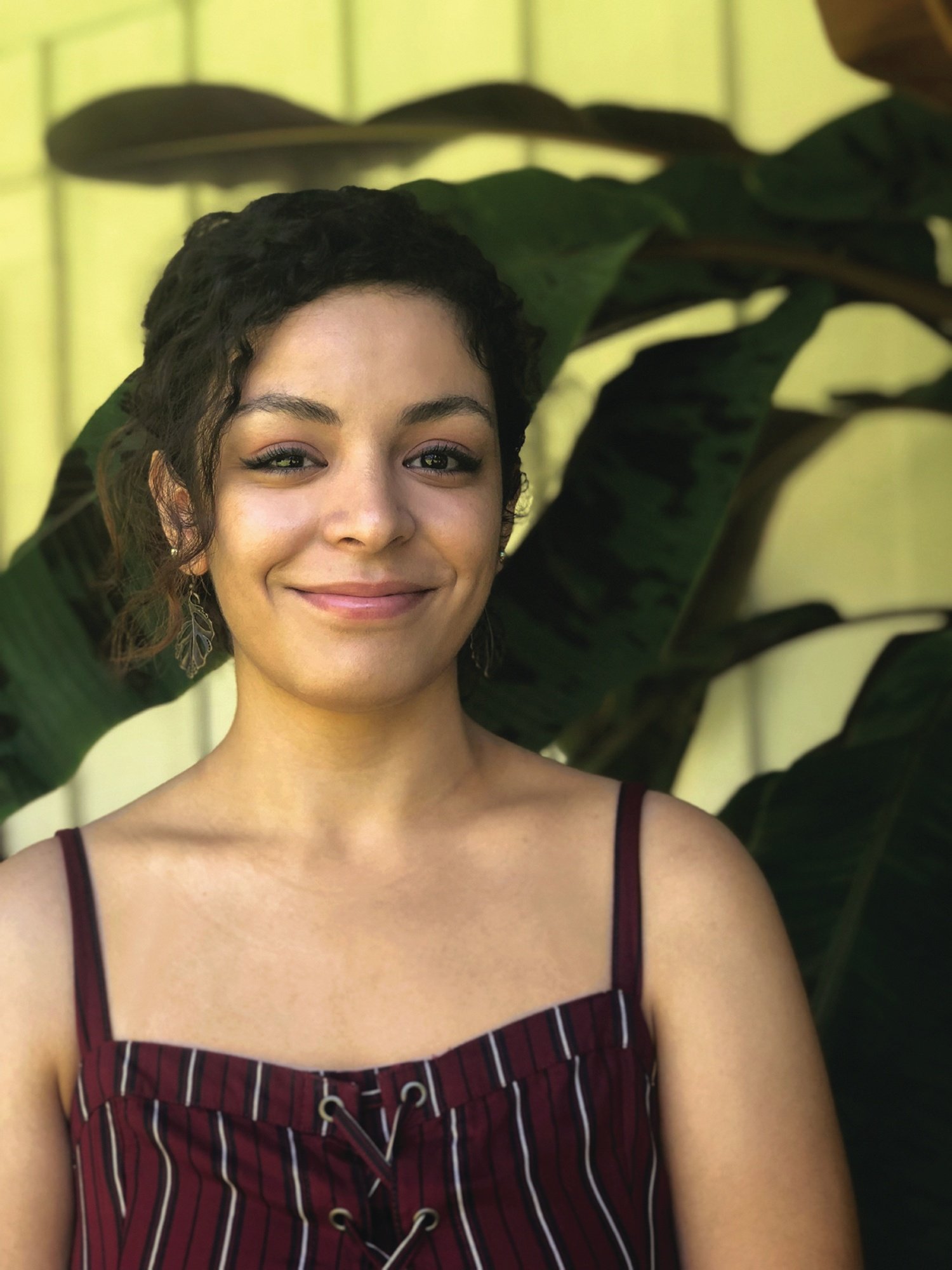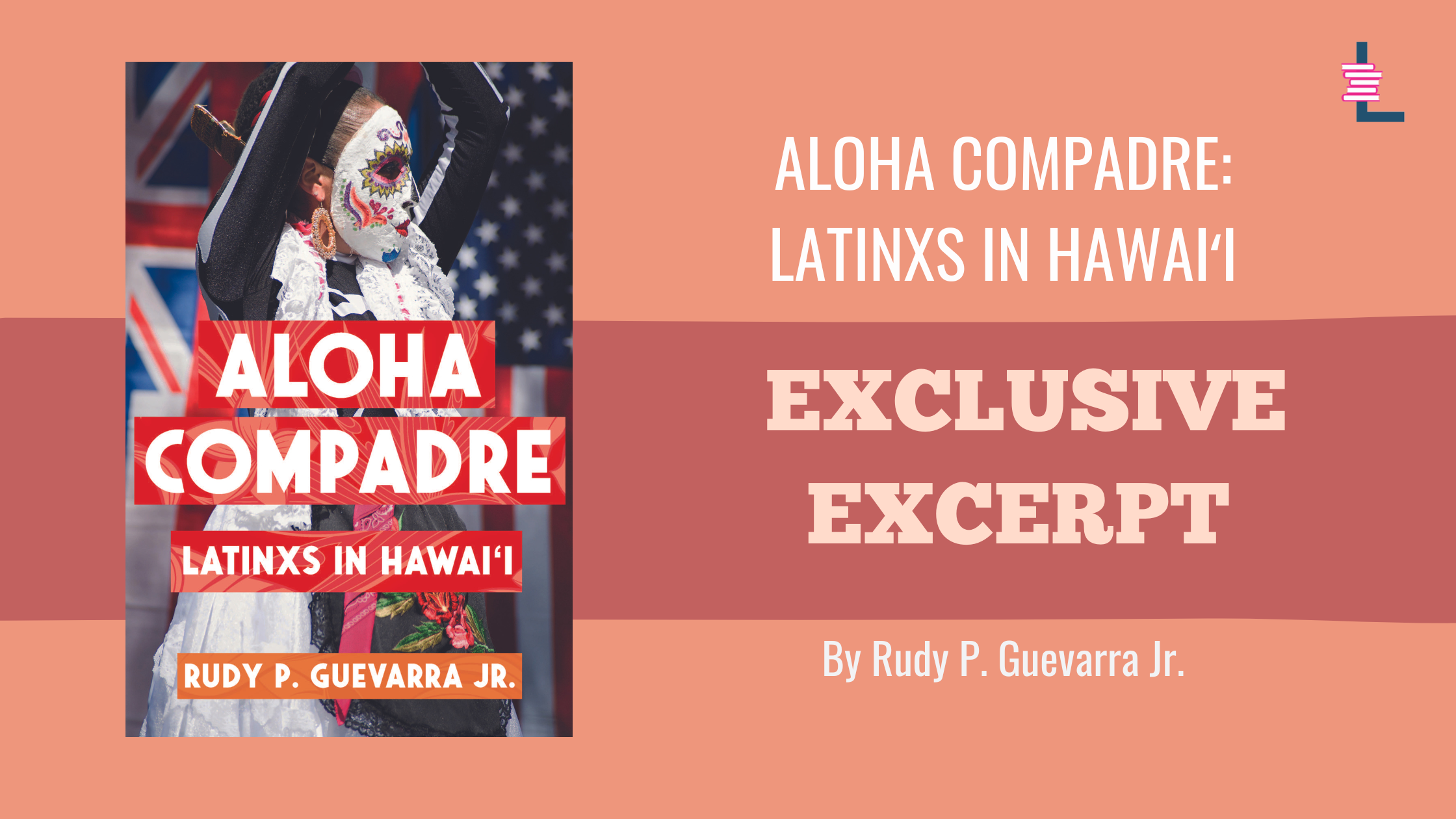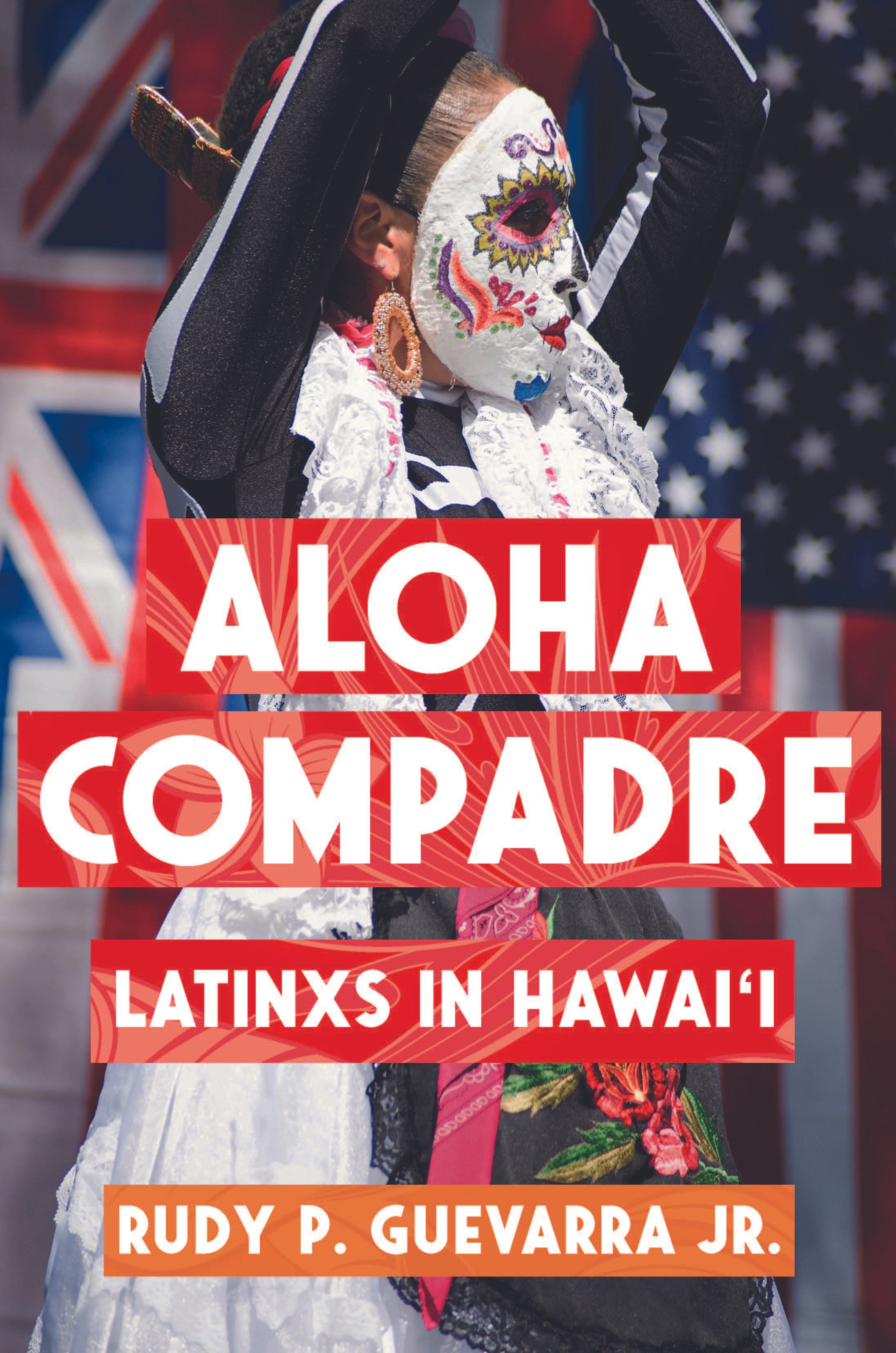ON SALE SEPTEMBER 5
Warrior Girl by Carmen Tafolla | MIDDLE GRADE
Celina and her family are bilingual and follow both Mexican and American traditions. Celina revels in her Mexican heritage, but once she starts school it feels like the world wants her to erase that part of her identity. Fortunately, she’s got an army of family and three fabulous new friends behind her to fight the ignorance. But it’s her Gramma who’s her biggest inspiration, encouraging Celina to build a shield of joy around herself. Because when you’re celebrating, when you find a reason to sing or dance or paint or play or laugh or write, they haven’t taken everything away from you. Of course, it’s not possible to stay in celebration mode when things get dire—like when her dad’s deported and a pandemic hits—but if there is anything Celina’s sure of, it’s that she’ll always live up to her last name: Guerrera—woman warrior—and that she will use her voice and writing talents to show the world it’s a more beautiful place because people like her are in it.
Yaqui Delgado Wants to Kick Your Ass: The Graphic Novel by Meg Medina | Illustrated by Mel Valentine Vargas | GRAPHIC NOVEL
It’s the beginning of sophomore year, and Piedad “Piddy” Sanchez is having a hard time adjusting to her new high school. Things don’t get any easier when Piddy learns that Yaqui Delgado hates her and wants to kick her ass. Piddy doesn’t even know who Yaqui is, never mind what she’s done to piss her off. Rumor has it that Yaqui thinks Piddy is stuck-up, shakes her stuff when she walks, and isn’t Latina enough with her white skin, good grades, and no accent. And Yaqui isn’t kidding around, so Piddy better watch her back. At first, Piddy is more concerned with learning about the father she’s never met, navigating her rocky relationship with her mom, and staying in touch with her best friend, Mitzi. But when the harassment escalates, avoiding Yaqui and her gang takes over Piddy’s life. Is there any way for Piddy to survive without closing herself off from those who care about her—or running away? More relevant than ever a decade after its initial publication, Mel Valentine Vargas’s graphic novel adaptation of Meg Medina’s ultimately empowering story is poised to be discovered by a new generation of readers.
I Love You Mucho Mucho by Rachel Más Davidson | PICTURE BOOK
Rosie is so excited to see her abuela and tell her everything that's been going on—but Abuela doesn't speak English, and Rosie doesn't speak Spanish. They quickly learn over lunch, though, that hunger has no language—and neither does love!
Veo, Veo, I See You by Lulu Delacre | PICTURE BOOK
Marisol’s mami is the best cook at Rosita’s Cafe! But now, the restaurant is closed. A bad virus—too easy to catch in small, crowded places—is going around.
Marisol, Pepito, and Mami still need to go out to bring Mami’s arroz con pollo to housebound Tía Olga and Cousin Johnny. As Marisol and Pepito watch the people working around the neighborhood, who their mother explains have essential work, Marisol thinks of the perfect game to play:
Veo, veo...
¿Qué ves, Marisol?
I spy...a trash collector. Essential work. Those bins were full!
By the time they get home, Marisol has another idea: a way to show the people in her neighborhood that she sees them!
Alma and Her Family/Alma Y Su Familia by Juana Martinez-Neal | PICTURE BOOK
I play with my cousins. / Juego con mis primas.
I sing to Pajarito. / Le canto a Pajarito.
How much does little Alma love her family? She kisses her daddy, squeezes her mommy, laughs with her grandma, and . . . paints on her artist grandpa (such a good sport!). Juana Martinez-Neal’s bilingual board book brings back familiar characters and introduces new ones in a conversational narration (shown in both languages on every spread) as well as gentle illustrations exuding whimsy and warmth.
Alma, Head to Toe /Alma, de Pies a Cabeza by Juana Martinez-Neal | PICTURE BOOK
I have two eyes, one nose, and a mouth. / Tengo dos ojos, una nariz y una boca.
I see you, Pajarito! / ¡Te veo, Pajarito!
Alma is known for her iconic stripes—but there’s more she’d like to show you! She has arms, hands, and fingers for patting a pet bird—as well as legs, feet, toes, and one adorable belly, below her ever-present heart. Juana Martinez-Neal’s bilingual board book teaches body parts while sharing moments in a little girl’s world, in a conversational narration (shown in both languages on every spread) combined with gentle, inviting illustrations.
¡1, 2, 3 Merengue!: English-Spanish Instruments & Sounds Book by Delia Ruiz | Illustrated by Graziela Andrade | PICTURE BOOK
This bilingual English-Spanish book explores merengue instruments and the fun and sometimes silly sounds that they make. The musicians also practice their lefts and rights while marching in the band with friends. Vamonos! Learn about merengue instruments and their sounds in English and Spanish.
Children, caretakers, and educators will love the rhythmic text paired with bright and colorful illustrations showcasing characters of diverse backgrounds and abilities.
¡1, 2, 3 Cumbia!: English-Spanish Manners Book by Delia Ruiz | Illustrated by Graziela Andrade | PICTURE BOOK
This bilingual English-Spanish book teaches common manners through a dance class setting. The dancers also practice consent, learning how to say no and set boundaries with others. ¡Vamonos! Learn to use manners with cumbia in English and Spanish.
Children, caretakers, and educators will love the rhythmic text paired with bright and colorful illustrations showcasing characters of diverse backgrounds and abilities.
¡1, 2, 3 Salsa!: English-Spanish Counting Book Book by Delia Ruiz | Illustrated by Graziela Andrade | PICTURE BOOK
This bilingual English-Spanish book teaches how to count to 10 using salsa. ¡Vamonos! Learn to count with salsa in English and Spanish.
Children, caretakers, and educators will love the rhythmic text paired with bright and colorful illustrations showcasing characters of diverse backgrounds and abilities.
Creep: Accusations and Confessions by Myriam Gurba | ADULT NONFICTION
A creep can be a singular figure, a villain who makes things go bump in the night. Yet creep is also what the fog does—it lurks into place to do its dirty work, muffling screams, obscuring the truth, and providing cover for those prowling within it.
Creep is Myriam Gurba’s informal sociology of creeps, a deep dive into the dark recesses of the toxic traditions that plague the United States and create the abusers who haunt our books, schools, and homes. Through cultural criticism disguised as personal essay, Gurba studies the ways in which oppression is collectively enacted, sustaining ecosystems that unfairly distribute suffering and premature death to our most vulnerable. Yet identifying individual creeps, creepy social groups, and creepy cultures is only half of this book’s project—the other half is examining how we as individuals, communities, and institutions can challenge creeps and rid ourselves of the fog that seeks to blind us.
With her ruthless mind, wry humor, and adventurous style, Gurba implicates everyone from Joan Didion to her former abuser, everything from Mexican stereotypes to the carceral state. Braiding her own history and identity throughout, she argues for a new way of conceptualizing oppression, and she does it with her signature blend of bravado and humility.
ON SALE SEPTEMBER 12
First Gen: A Memoir by Alejandra Campoverdi | ADULT NONFICTION
Alejandra Campoverdi has been a child on welfare, a White House aide to President Obama, a Harvard graduate, a gang member’s girlfriend, and a candidate for U.S. Congress. She’s ridden on Air Force One and in G-rides. She’s been featured in Maxim magazine and had a double mastectomy. Living a life of contradictory extremes often comes with the territory when you’re a “First and Only.” It also comes at a price.
With candor and heart, Alejandra retraces her trajectory as a Mexican American woman raised by an immigrant single mother in Los Angeles. Foregoing the tidy bullet points of her resume and instead shining a light on the spaces between them, what emerges is a powerful testimony that shatters the one-dimensional glossy narrative we are often sold of what it takes to achieve the American Dream. In this timely and revealing reflection, Alejandra draws from her own experiences to name and frame the challenges First and Onlys often face, illuminating a road to truth, healing, and change in the process.
Part memoir, part manifesto, FIRST GEN is a story of generational inheritance, aspiration, and the true meaning of belonging—a gripping journey to “reclaim the parts of ourselves we sacrificed in order to survive.”
fox woman get out! by India Lena González | Foreword by Aracelis Girmay | POETRY
Traveling from the corporeal to the cosmic, from life to death and back again, fox woman get out! is a full-throated performance of humanity in search of truth, ancestry, and artistic authenticity. Moving through themes of lineage, twinship, femininity and masculinity, reclamation of Indigeneity, dance, gender roles, and longing, González’s poems are a crescendo on the page. Part ecstatic elegy, part spell, this is a betwixt poetics, a kaleidoscopic, disruptive, and meditative work.
The Devil of the Provinces by Juan Cárdenas | Translated by Lizzie Davis | ADULT FICTION
When a biologist returns to Colombia after fifteen years abroad, he quickly becomes entangled in the trappings of his past and his increasingly bizarre present: the unsolved murder of his brother, a boarding school where girls give birth to strange creatures, a chance encounter with his irrevocably changed first love. A brush with a well-connected acquaintance leads to a biotechnology job offer, and he’s gradually drawn into a web of conspiracy. Ultimately, he may be destined to remain in the city he’d hoped never to see again―in The Devil of the Provinces, nothing is as it seems.
As Long as You Love Me by Marianna Leal | ADULT FICTION
Catalina Diaz Solis needs just a few things to achieve her dream: her student visa, a full-time job, and to get Gabriel Cabrera out of her head. Since leaving Venezuela after her brother was killed in a political protest, Cata has been working to finish her Engineering degree, and now she’s in line for a full-time job that will allow her to stay in the United States. A major wrinkle in her plans is Gabe, the campus babe. He’s always in Cata’s way, competing for top grades and poised to take the job at their internship.
Gabe seems to have it all; he succeeds without trying and is extremely good-looking. It makes hard-working Cata endlessly frustrated. But when Gabe needs a plus-one for his brother’s wedding, he strikes a deal: Cata will be his fake date, and he’ll step out of the running for the job she desperately needs. As they attend events together, Cata discovers there’s more to her nemesis than she ever imagined. It’s all fun and games until Cata’s visa renewal is rejected, and Gabe complicates things with a new proposal that might either solve all her problems or destroy her dreams. Cata will have to put everything on the line to follow her heart.
ON SALE SEPTEMBER 19
Colorful Mondays: A Bookmobile Spreads Hope in Honduras by Nelson Rodríguez and Leonardo Agustín Montes | Illustrated by Rosana Faría and Carla Tabora | Translated by Lawrence Schimel | PICTURE BOOK
A beautiful, empowering story about the impact of literacy in underprivileged communities, based on a real bookmobile program in Tegucigalpa, Honduras.
Luis’s favorite day of the week is Monday, the day the bookmobile comes to his neighborhood. In Villa Nueva, sad stories can gather like dark, stormy clouds. But at the bookmobile, Luis hears stories that burst with life, laughter, and color. Maybe today will bring a song or a puppet show! He might even get to pick a book to read on his own. Every new Monday fills Luis and his neighbors with a joy they can’t help but bring back home.
Candelaria by Melissa Lozada-Oliva | ADULT FICTION
Your granddaughters are lost, Candelaria. Bianca, the brainy archaeologist, had to forfeit her life's work in Guatemala after her advisor seduced and deserted her. Paola, missing for over a decade, resurfaces in Boston as a brainwashed wellness cultist named Zoe. And Candy, the youngest, is a recovering addict who finds herself pregnant by a man she's not even sure ever existed. None of this concerns you of course, until a cataclysmic earthquake hits Boston. Now you must traverse the crumbling city to reach the Watertown Mall Old Country Buffet—for a reason you still cannot disclose—battling strange entities and your own strange past to save your granddaughters and possibly the world.
A sweeping, mystical novel following three generations of women as they grapple with muddled pasts and predetermined futures, Candelaria is a story of love that eats us alive.
ON SALE SEPTEMBER 26
Undiscovered by Gabriela Wiener | Translated by Julia Sanches | ADULT FICTION
Alone in a museum in Paris, Gabriela Wiener finds herself confronted by her complicated family heritage. Visiting an exhibition of pre-Columbian artifacts, she peers at countless sculptures of Indigenous faces each nearly identical to her own and recognizes herself in them – but the man responsible for pillaging them was her own great-great-grandfather, Austrian colonial explorer Charles Wiener. Wiener’s “grand” contribution to history: the near rediscovery of Machu Picchu, nearly 4,000 plundered artifacts, a book about Peru, and a bastard child.
In the wake of her father's death, Gabriela begins to unpack the legacy that is her birthright. From the brutal racism she encounters in her ancestor Charles's book to her father's infidelity, she traces a cycle of abandonment, jealousy and colonial violence, in turn reframing her own personal struggles with desire, love, and race. As she explores the history of two continents, her investigation brings her closer and closer to the more intimate realm where both colonizer and colonized ultimately converge– the body– and her own desire to free it. Guided by a penetrating eye and fearsome wit, Undiscovered embarks the reader on a quest to pick up the pieces of something shattered long ago in the hopes of making it whole once again.
A British Girl's Guide to Hurricanes and Heartbreak by Laura Taylor Namey | YOUNG ADULT
Winchester, England, has always been home for Flora, but when her mother dies after a long illness, Flora feels untethered. Her family expects her to apply to university and take a larger role in their tea-shop business, but Flora isn’t so sure. More than ever, she’s the chaotic “hurricane” in her household, and she doesn’t always know how to manage her stormy emotions.
So she decides to escape to Miami without telling anyone—especially her longtime friend Gordon Wallace.
But Flora’s tropical change of scenery doesn’t cast away her self-doubt. When it comes to university, she has no idea which passions she should follow. That’s also true in romance. Flora’s summer abroad lands her in the flashbulb world of teen influencer Baz Marín, a Miami Cuban who shares her love for photography. But Flora’s more conflicted than ever when she begins to see future architect Gordon in a new light.
Skyscraper Babies by April Pulley Sayre and Jeff Sayre | Illustrated by Juliet Menéndez | PICTURE BOOK
This perfectly poetic story is an ode to family and nature in the big city. Squirrels and humans alike rush to get from place to place, all returning to their nooks and nests at the end of the day atop skyscrapers, amidst the stars. This gentle text is sure to lull little ones to sleep as well as instill the importance of coexisting with the natural world.
Salsa Magic by Letisha Marrero | MIDDLE GRADE
Thirteen-year-old Maya Beatriz Montenegro Calderon has vivid recurring dreams where she hears the ocean calling her. Mami’s side of the family is known as “Los Locos,” so maybe she actually is going crazy. But no time for that; the family business is where it’s at. Whenever Maya, her sister Salma, and her three cousins, Ini, Mini, and Mo, aren’t at school, you can usually find three generations of Calderones at CaféTaza, serving up sandwiches de pernil, mofongo, and the best cafés con leche in all of Brooklyn.
One day, an unexpected visit from the estranged Titi Yaya from Puerto Rico changes everything. Because Yaya practices santeria, Abuela tells Maya and the other Calderon children are told to stay away from her. But If la viejita is indeed estranged from the family, why does Maya feel so connected to this woman she has never met before? And who is this orisha named Yemaya? On top of figuring all this out, Maya has a budding soccer career to consider, while fending off the local bully, and dealing with nascent feelings toward her teammate. But through it all, there’s that alluring connection to a forbidden ancient practice–filled with a pantheon of Yoruban gods and goddesses–that keeps tugging at her, offering her a new perspective in life, tying her past to her present and future. Which path will Maya choose to fulfill her destiny?

